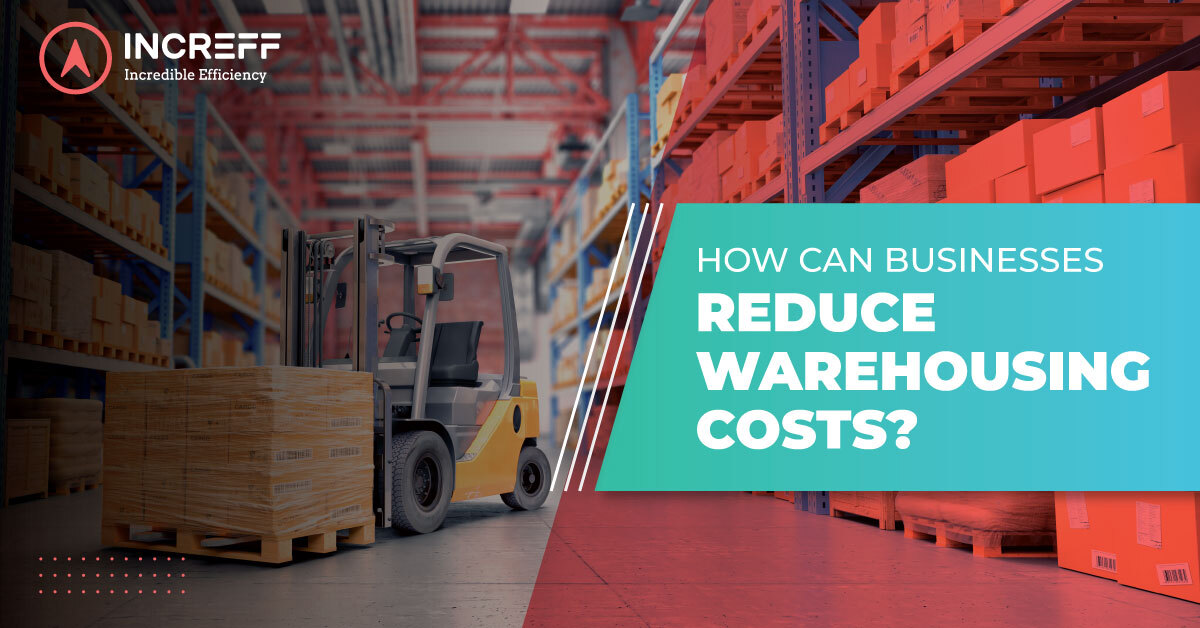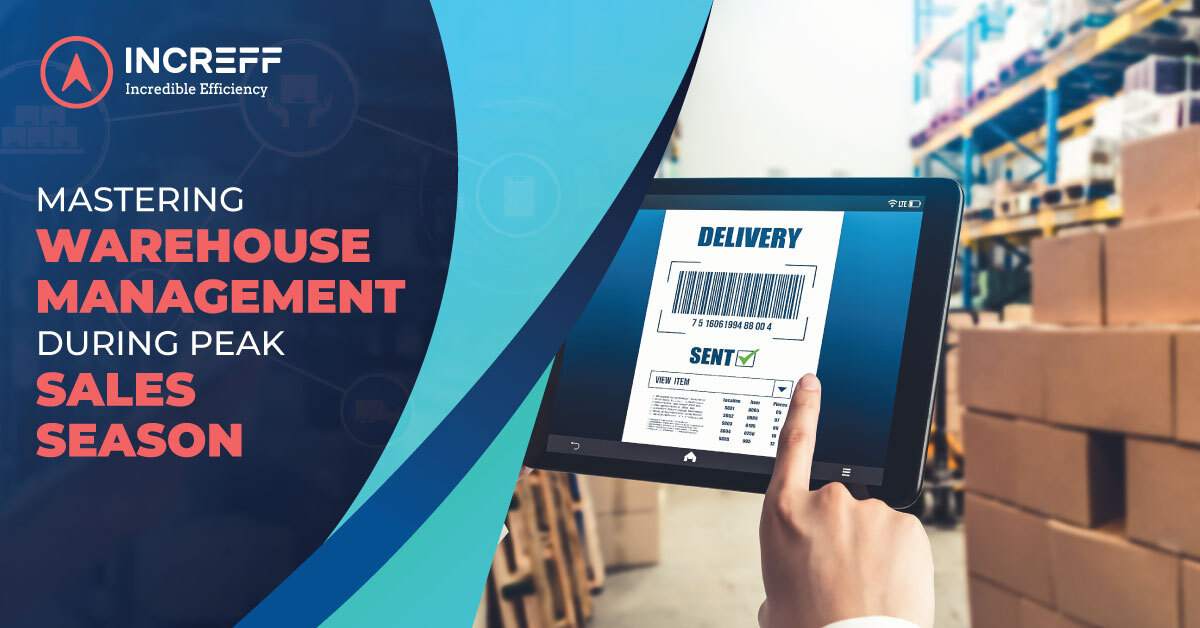
WWarehouse Management
The Frugal Warehouse: 5 Ways to Save Costs in Logistics
Warehouses play a vital role as the pivotal hubs where products await their journey to customers’ doorsteps. However, as indispensable as they are, warehouses can also become significant cost centers if not managed with precision and foresight. However, businesses often invest significantly in warehousing, either because of a lot of manual work contributing to labor costs or not implementing the right technology.
As efficiency and optimization reign supreme, the need to reduce warehousing costs while maintaining quality service has never been more critical. From managing inventory and process optimization to implementing automation and data-driven decision-making, in this blog, we will explore the different aspects of warehouse operations with a keen eye on how to save costs.
1) Investing in the right tech stack
Using the right technology can transform a warehouse into a cost-efficient, agile, and responsive operation by minimizing paper-based operations and reducing labor dependency. The overall impact can be as high as a 20-25% reduction in costs. This is possible due to the digitization of processes and the implementation of intelligent pick-paths increasing picking and packing efficiency.
Additionally, a capable WMS can also help in processing B2B and B2C orders from the same platform, thereby eliminating the need to juggle between different applications. This results in reduced training time and helps in getting new workers up to speed in a matter of hours.
There are many other benefits of finding the right solution for your warehouse operations, like optimized space allocation, end-to-end inventory tracking, data analytics, and more.
Finally, you should choose a reliable solution that has historically proven to work well without any bugs that could affect the warehouse operations. Customer care should also be exceptional because the operations team is bound to need some support, especially when starting out. All of these factors contribute to better operations and save warehouse costs.
2) Streamlining inventory management for enhanced efficiency
Effective Inventory Management is mission-critical for businesses. It can help minimize carrying costs, reduce stockouts and overstocking, optimize storage space, and improve overall warehouse operations. This can be made possible by gaining real-time visibility into inventory levels, locations, and movements. It also allows managers and workers to quickly identify where specific items are located within the warehouse.
With the right system in place, there will be no need for cycle counting for regular inventory. This ensures that inventory accuracy is maintained without requiring extensive, time-consuming annual physical counts. Businesses can also implement models like just-in-time (JIT), which allows them to get inventory just in the nick of time. This means they can save on tons of excess storage costs and free up tied-up capital.
3) Accurate demand forecasting and resource allocation
Precise demand forecasting and resource allocation are fundamental to efficient warehousing practices. They help minimize the inefficiencies and costs associated with excess inventory, stockouts, labor misallocation, and other factors that can drive up warehousing costs.
Reliable demand forecasts enable you to anticipate an increase or decrease in demand and manage stock levels accordingly. This means you won’t lose out on sales opportunities when the demand is high and won’t end up overstocking in the opposite scenario.
Demand forecasting also helps in understanding your future needs. It helps in building better relationships with your suppliers and gives you an upper hand when negotiating costs and delivery times. This allows you to allocate capital more efficiently getting better ROI.
4) Retaining employees and building morale
The warehousing industry has among the highest turnover rates among all at 37%, which is 10 times higher than the average of 3.6%. This calls for a fool-proof system that prevents errors, ensuring newly hired employees are not affecting business. However, the primary focus should be to retain old employees and build strong relationships with workers.
A motivated and stable workforce tends to be more productive, efficient and committed to maintaining a well-organized and safe warehouse. It also reduces costs as for every new employee, there is an advertising, interviewing, hiring, and onboarding cost alongside the training they need to go through, which also requires a lot of time.
From an overall operations perspective, older employees also tend to be more productive and make fewer errors, resulting in fewer returns, rework, and customer complaints. Combined with a highly motivated workforce, all of these reduce the labor costs significantly for a warehouse.
5) Adapting a strategic approach to risk management
By proactively identifying, assessing, and mitigating risks, warehouses can operate more efficiently and cost-effectively by minimizing unexpected disruptions and losses. Being proactive is important because the damage will already be done if a business is reactive. So, investing in measures and strategies to prevent inventory loss or damage is critical.
For example, businesses also need to ensure that the system they implement is stable and doesn’t have any bugs that can affect the operations or risk system data.
There are many other aspects to risk management, like having multiple vendors to prevent supplier risk, safety management so that warehouses are compliant with laws and regulations, and much more. However, the most important aspect would be to manage the workforce efficiently to reduce turnovers and absenteeism, as they are the core of operations.
Final thoughts
If your business hasn’t yet started implementing these measures, it’s high time to get started. By adopting a holistic approach that encompasses all the above points, you can significantly bring down your operational cost while improving efficiency and customer experience. Connect with our experts today to explore how Increff WMS can help you achieve your warehousing goals.
29 September, 2023
RRegional Utilization
Riding the E-commerce Wave: Prepping for Peak Season…
The holiday season is the busiest time of the year for e-commerce brands. With the…
30 October, 2023
6 months agoWWarehouse Management
A more fulfilling season with retail’s dynamic trio:…
The festive sales season always brings a whirlwind of activity, and in the midst of…
27 October, 2023
6 months agoWWarehouse Management
How to Streamline Your Warehouse Operations During Peak…
The holiday season is here, and we all know what that means—sales and discounts! Both…
25 October, 2023
6 months ago



